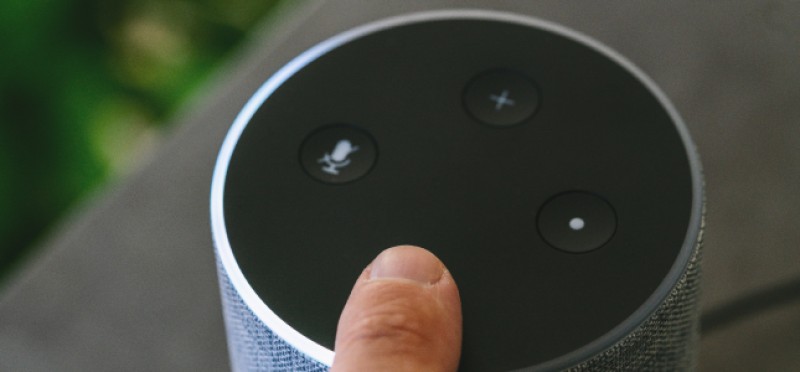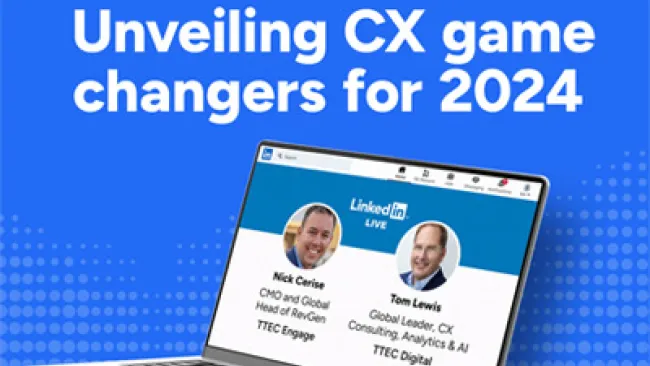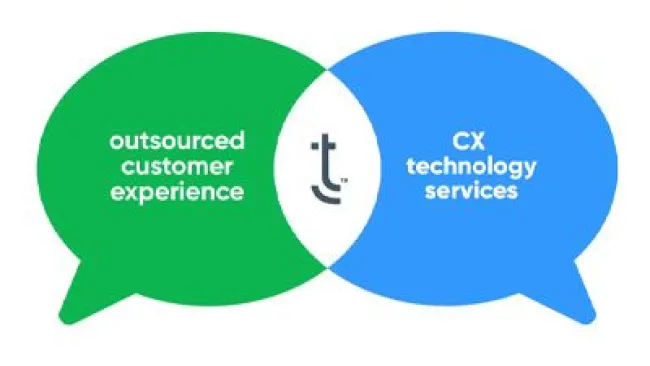“Alexa, refill my prescription.”
“Alexa, what was my last blood sugar reading?”
“Alexa, find me the nearest urgent care center.”
Amazon’s Alexa – that helpful, voice-activated robot so many of us rely on to make lists, answer questions, or compile playlists – has entered an entirely new realm with the recent news it has become HIPAA-compliant.
Amazon says patients and healthcare professionals can now send sensitive medical information via Alexa-enabled devices without violating HIPAA. Until now, HIPAA (the Health Insurance Portability and Accountability Act of 1996) has meant such information could only be shared directly between patients and professionals.
Through Amazon’s partnership with six healthcare organizations, patients can use Alexa to do things like refill prescriptions, manage upcoming doctor visits, access recent blood sugar readings, and find the nearest urgent care center. This has the potential to open a whole new world to healthcare organizations that, up until now, have mostly just been dipping their toes into the world of voice.
But just because patients and healthcare providers can use this technology this way, should they?
Digital pitfalls ahead
There are several potential pitfalls that need to be addressed. First, it has been no secret that the increasing digitization of medical records has been problematic. Many people, patients and providers alike, expected digital records to provide a more seamless, secure customer experience – only to be dogged by technical glitches, security breaches, trouble connecting records, and other concerns. Adding another layer of newer technology on top could potentially add to the confusion and security issues, a risky undertaking when such sensitive information is involved.
Also, the technology itself isn’t foolproof. For all of the conveniences it offers, many of us who own or use an Alexa-enabled device have experienced an instance when we’ve had to repeat ourselves several times before the device understood what we wanted. When we’re asking Alexa to play a certain song and it plays the wrong one, it’s not such a big deal; but imagine if a physician puts in an order for a medication and Alexa misunderstands and orders the wrong one. What happens then? Medical professionals will have to take extra care, and probably extra time, to ensure any voice-activated commands they give are recorded accurately. That entails robust data infrastructure, strategies, and policies and procedures – not only to ensure things go smoothly, but to foresee and troubleshoot any potential issues.
Another big obstacle: many healthcare customers may not want to automate their experience. So many aspects of healthcare are extremely personal, and patients have grown accustomed to receiving in-person or one-on-one service. While Alexa has the potential to offer them an individualized – and perhaps better – experience, some likely will be reluctant to introduce more technology into such a personal realm. It will be important to allow the customer to control the interaction. One key aspect will be the privacy of the customer if there is HIPAA-protected information in a message that the customer may not want others in audible range to hear.
Smarter innovation
It’s one thing for healthcare organizations to want to modernize and streamline their interactions with consumers; it’s another to do it well. In this changing landscape, the successful companies will be the ones that focus on channel orchestration. Offering customers an array of channels, which all interact seamlessly, while also improving customer experiences: that’s the goal. It takes work, but is well worth it.
A customer who makes a doctor’s appointment by phone or online, for instance, should be able to confirm that appointment via Alexa. Or perhaps when a prescription refill is ordered via Alexa, an email or mobile confirmation is sent to ensure the information Alexa records is accurate. New AI tools can also alert if there is something unusual with the request that may need a confirmation in another channel. Examples could be a new medication or change in refill size that is out of normal behavior.
Consumers want the ability to interact with brands through multiple channels. Before healthcare organizations integrate any new channel into customer experiences, be it Alexa or anything else, they need to ensure information and communication flow logically from one channel to another – and have a strategic plan as to how Alexa will fit in that picture. No one wants to spend a lot of time and money on innovation or opportunities that ultimately provide a worse customer experience. And no customer will want to use Alexa for HIPAA-compliant tasks if doing so is inconvenient or frustrating.
This latest development by Amazon has the potential to open so many doors in the healthcare industry. But before they walk through those doors, organizations must make sure they have the data infrastructure and strategies in place to make it worthwhile. While it can be tempting to rush to embrace the latest technology, the customer experience should always remain at the forefront. Before taking on the latest trend, organizations must do their due diligence – perhaps more so in the healthcare world than anywhere else.
Is your customer experience strategy hitting a wall? Take our quiz to find out how to break through.
















